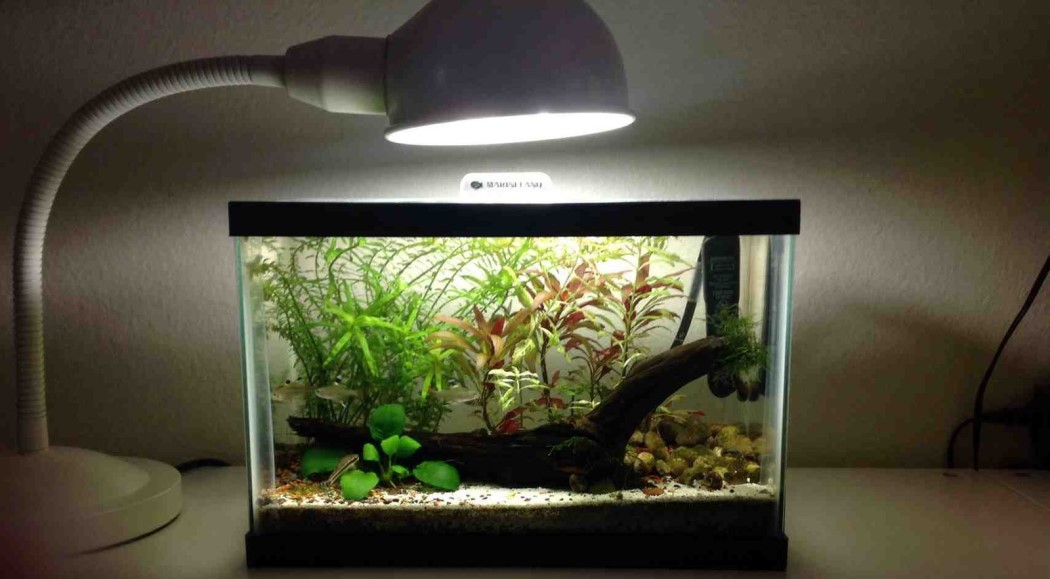
The global aquarium fish market was valued at US$6,800 million in 2019 and is forecast to reach US$11,336.47 Million by 2025, growing at a CAGR of over 10% through 2025. Growing millennials’ interest in colourful ornamental fish for the aquarium as a part of the lifestyle at the global level is expected to remain a key factor for the industry growth. Further, various scientific studies have revealed that the use of ornamental fishes in household aquaria is expected to provide psychological advantages to the millennials in terms of reducing stress after a daily hectic schedule along with providing a feeling of good experience.
It has been observed that consumers are more inclined towards purchasing these species due to their attractive features, along with various characteristics. It is also considered that ornamental aqua species have a calming effect on people who prefer to watch them glide serenely through the water. Also, aquaria have become an important feature in home decor. Rising interest in keeping ornamental species, coupled with the introduction of different types of exotic species with attractive colours, will drive the demand for these ornamental fish in the upcoming years. The following trends have been spotted in this fast-growing global industry.
The freshwater aquarium fish segment has been seeing much higher growth than the marine aquarium fish segment because freshwater enthusiasts largely outnumber marine hobbyists. Owing to such factors as the availability of stocks and the new species coming in and the relative ease of maintenance, the freshwater segment has become more popular, and the trend is continuing. The greater the interest in freshwater aquarium fish, the greater demand for freshwater aquarium fish.
A nano aquarium is a tank of approximately 30 gallons and smaller. These tanks will host smaller inhabitants, including fish, invertebrates, rocks, plants, and/or coral. This is due to the reduced water volume and free-swimming space available in nano aquaria. The nano tanks have grown popular among hobbyists. Many millennials are living in smaller houses and apartments, and they want a smaller, more manageable aquarium that fits in better and that they’re able to move around easily. Also, nano tanks cannot accommodate very large fish, so the resultant demand will be for small fish, which the aquarium fish exporters must pay heed to closely.
Now there’s a growing emphasis on the sustainable and responsible harvesting of aquarium fish from their habitats in the wild to ensure the conservation of the species whose stocks have depleted or are depleting. It’s easy to view all new laws and regulations as hindrances that block or slow down the pursuit of the international aquarium fish trade. But, we must look at the brighter side of such accountability and sustainability initiatives because they mean more awareness, more care, more knowledge, better quality, better service, etc. The buyers are concerned with conservation requirements and expect suppliers to comply with the relevant laws and regulations. So, aquarium fish suppliers from Sri Lanka and elsewhere in the world can’t afford to ignore these
The variety of aquarium fish species is ever increasing with more colour strains, more modified species, new varieties (also wild), many more tank-raised marine fish and corals, and also the introduction of species such as snails, shrimps, lobsters, crabs, plants for aquascaping, aquatic invertebrates or aquatic insects, etc. Thus, the choice before the commercial and hobbyist aquarium keepers is steadily broadening, which translates into new business opportunities for the aquarium fish suppliers.
An aquarium is increasingly becoming a major feature at more and more homes rather than an occasional hobbyist pursuit. This is also an important trend and a major demand driver. This is also very good news for aquarium fish exporters.
Apart from these, there are trends specific to different species of aquarium fish. On a side note, it’s heartening to see that the fish mortality rates have come down dramatically thanks to better acclimatisation, enhanced logistics and more advanced pathogenesis of fish. This bodes well for both buyers and exporters. Sri Lankan aquarium fish exporters must keep close tabs on these evolving trends in the global aquarium fish market so that they can seize the opportunities as they crop up and adopt constructive measures to enhance the manufacturing process and product quality, and acquire new technologies etc.
Sri Lanka is one of the leading ornamental fish exporters to the world with our aquariums and fish farms successfully captive breeding some of the most exotic and rare freshwater, marine and brackish water fish species and marine ornamental invertebrates in the world